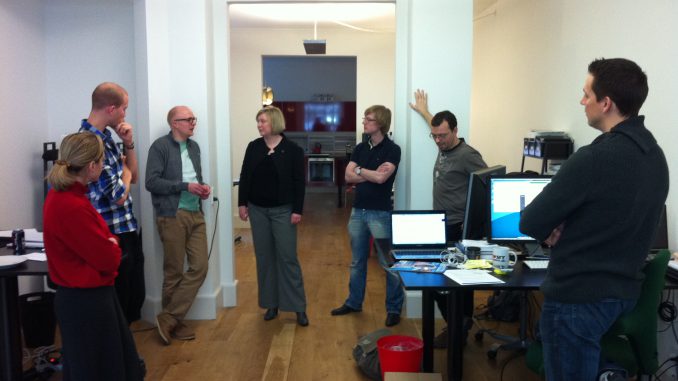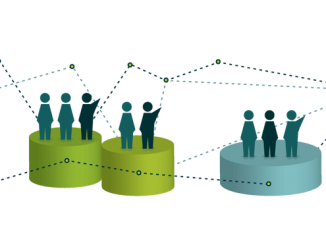
Deel van het artikel in Linkin Pulse, juni 2015 van Avi Liran, Chief Delighting Officer en Positive Leadership Consultant.
18 Minutes Stand Up Meetings
Do you have “meeting fatigue”? As a positive leadership consultant, I often hear the frustrations of managers on how much time is wasted in meetings and conferences calls.
What if every meeting was designed to be just 18 minutes?
Why must we spend exactly one hour in a meeting? What if we can finish discussing everything after 43 minutes? What if we can say it all in 18? And what if we all stand up while talking?
“As more and more stuff you need to remember piles on, it creates greater and greater pressure and pretty soon you’re going to drop it all.” ~ Dr. Paul King
- From research in Neuroscience and what we know about how the brain processes information we know that 15 minutes is the effective time for a meeting . In research conducted by Dr. Paul King at Texas Christian University he found that accumulation of information results in “cognitive backlog”
- TED talks are restricted to 18 minutes. Speakers present concepts that took them a life time to develop under 18 minutes because it is long enough to present a serious and interesting concept and short enough to hold people’s peak attention.
- Martin Luther King Jr. “I have a dream” full speech from 1963 in Washington took less than 17 minutes. It changed the world. Some great ideas can be articulated well in a short time

- It is told that Steve Jobs rule of was to walk out of a meeting if it lasts more than 30 minutes. Knowing the importance of focus audience on short sessions, at exactly 15 minutes into his presentation of the launch of the iPhone in 2007, Jobs started a demo of the new device.
- We adjust to given time. If we know that we only have 18 minutes, we have to stay focused and concentrate , we can’t multitask with our mobile devices because we lose if we snooze. On the otter hand, work will expand to the time we schedule for it.
- Reasonable expansion: If more time is needed, it spills over. But even 100% spillover is only 18 minutes. Follow up meetings are not discouraged. On the contrary. The nature of these meetings requires smaller teams who are directly involved thus not taking resources from the big forum and focus on actions.
- Planning and Meaning: 18 minutes forces to plan the meeting well with a purpose asking the Why behind every topic presented. Preparation is paramount. Short meetings are effective if people are assigned to each task and at the end they set the next step stages and milestones for delivery.
- Recording: Not every participant needs to be updated with all the information. With technology a recording can be made and people can be aware of the section that relates to them with a need to stay long hours tuned to conference call that eats into their family time
The Daily “Stand-Up Meeting”
My great friend Noam Ziv went in 1987 to work in a small startup in San Diego. He told me then about a “strange habit”. Everyday the manager will gather for a 5 to 10 minutes stand-up meeting. Managers stand with the coffee and secretaries write down. Once they finish the meeting, the leaders would go to their respective direct reports and conduct a similar stand-up meeting. That was before the days of the internet. BTW, this small company is one of the most successful technology companies in the world: Qualcomm.
Benefits:
- Improve creativity and teamwork
- Effective communication
- Positive attitude
And!!! don’t forget to state the agenda in advance to respect the time of other participants. Here is hilarious six-minute TED Talk “How to save the world (or at least yourself) from bad meetings,” by David Grady.
If you want to know more about how to design the 18 minutes most effectively, there are many resources available on the net. One of the known methodologies is called Scrum-style daily stand-ups. It involves asking and answering three questions:
- What did I accomplish yesterday?
- What will I do today?
- What obstacles are impeding my progress?
Here is a nice animated tutorial clip with interactive questions:
Lees het volledige artikel hier.





